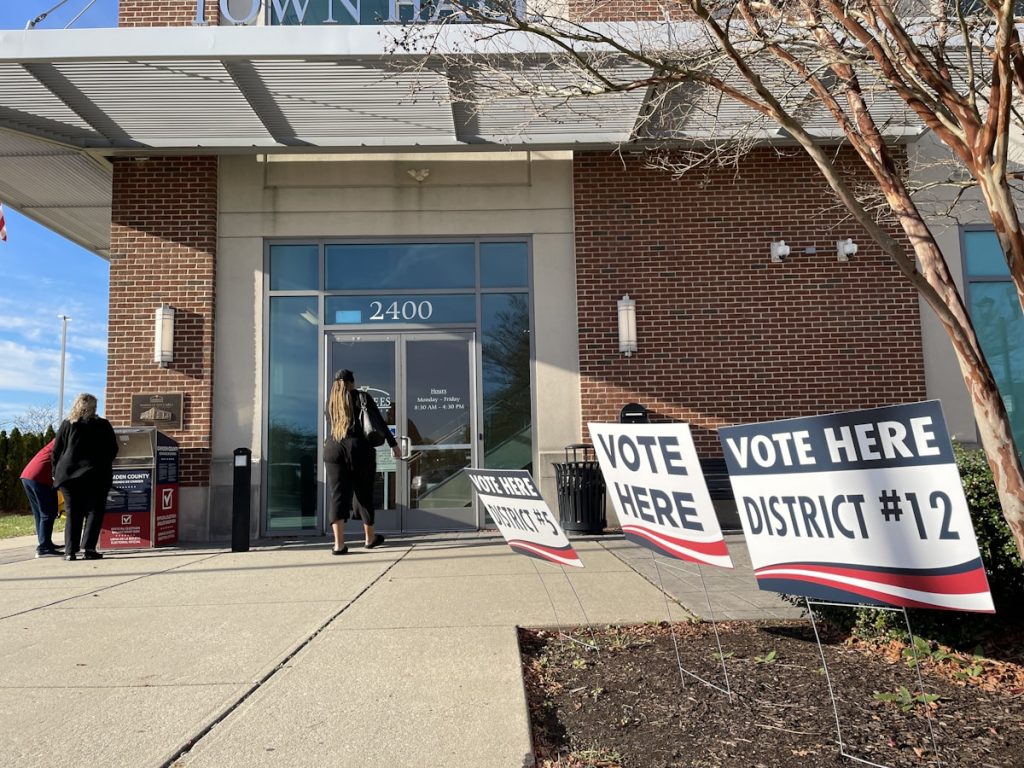Inside: In Trump’s Redistricting Push, Democrats Find an Aggressive Identity
As the 2024 election cycle approaches, the battle over redistricting has intensified, with former President Donald Trump and his allies pushing for aggressive gerrymandering strategies in key states. This maneuvering has forced Democrats to recalibrate their approach, adopting a more combative stance to counter what they perceive as a threat to electoral fairness.
The Role of Redistricting in U.S. Politics
Redistricting, the process of redrawing congressional and legislative boundaries, occurs every decade following the U.S. Census. While intended to reflect population shifts, it has long been weaponized by both parties to secure political advantages. Trump’s recent efforts, however, have amplified the stakes. His team has focused on states like Texas, Georgia, and Florida, where Republican-led legislatures are redrawing maps to dilute Democratic-leaning constituencies, particularly in urban and minority-majority areas.
Trump’s Strategy: Maximizing Republican Gains
Trump’s influence over redistricting is rooted in his alliance with state-level GOP leaders and conservative legal groups. By advocating for maps that fracture Democratic strongholds or pack voters into fewer districts, Republicans aim to lock in congressional majorities even in closely divided states. For example, in Florida, Governor Ron DeSantis signed a map in 2022 that erased multiple minority-access districts, a move critics argue violates the Voting Rights Act. Such tactics have fueled Democratic accusations of systemic disenfranchisement.
Democrats Shift Tactics: From Defense to Offense
Historically, Democrats have focused on challenging gerrymandered maps in court, often relying on litigation under the Voting Rights Act. But faced with a conservative-leaning Supreme Court and Trump’s relentless push, the party is now embracing a more assertive identity. In states like New York and Illinois, Democratic legislatures have advanced their own gerrymanders, seeking to offset Republican advantages elsewhere. This marks a strategic pivot: prioritizing survival in a redistricting arms race rather than unilateral disarmament.
Grassroots Mobilization and Legal Fights
Beyond map-drawing, Democrats are investing in grassroots campaigns to combat voter suppression and promote ballot access. Organizations like the National Democratic Redistricting Committee, led by former Attorney General Eric Holder, have filed lawsuits to challenge GOP-drawn maps in states including North Carolina and Ohio. Meanwhile, activists emphasize building long-term power through voter registration drives and state legislative wins—a recognition that controlling redistricting requires sustained local engagement.
Implications for Democracy and Representation
The escalating redistricting wars raise concerns about the health of American democracy. Critics argue that extreme gerrymandering entrenches polarization, reduces accountability, and sidelines communities of color. While Democrats’ newfound aggression may level the playing field, it risks perpetuating a cycle of partisan map manipulation. Some progressives advocate for independent redistricting commissions as a solution, though such reforms face resistance in politically divided states.
Looking Ahead
As the 2024 elections near, redistricting remains a critical front in the fight for political power. Trump’s push has undeniably shaped the landscape, compelling Democrats to abandon passivity in favor of tactical aggression. Whether this shift will yield electoral success—or further erode public trust in democratic institutions—remains to be seen. What’s clear is that redistricting is no longer a behind-the-scenes process; it’s a defining arena for America’s ideological and demographic future.



